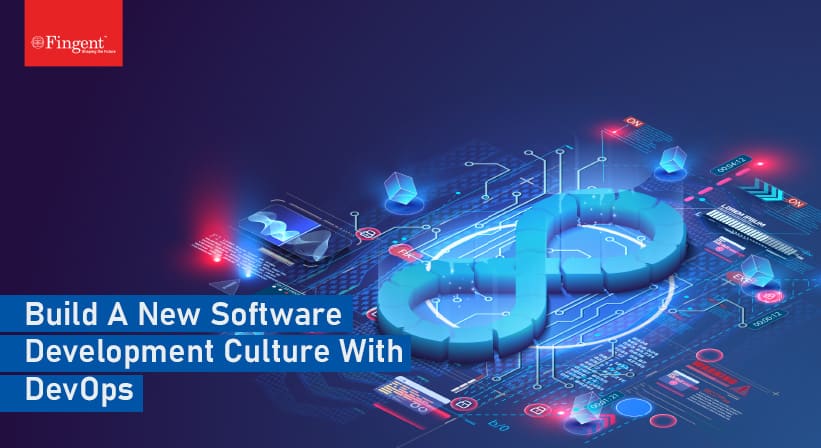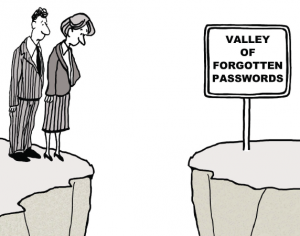Six Common Enterprise Software Development Myths Debunked
In today’s hyper-connected age, with people always on the move, one would think not developing enterprises mobility solution is akin to the company shooting itself on the foot. Yet many companies hesitate to develop mobility solutions, wary as they are about misconceptions associated with it.
Here are the top six myths related to enterprise mobility solutions.
Myth # 1: Legacy Software is Too Entrenched to Displace
Legacy software is often the whipping boy for enterprises who refrain from developing mobility solutions. A key accusation is legacy software draining IT budgets, making it hard to fund new software.
The reality is that developing new mobility software doesn’t require massive investment. In fact, today’s rapidly advancing mobile solution landscape makes it possible to develop mobility solutions with little or no programming skills, with a fraction of the cost, time, and effort it takes to develop traditional solutions.
The problem comes when many enterprises try to throw in more servers as the solution to every IT problem they confront. Smart enterprises simply leverage scalable and affordable cloud-based solutions, which does not involve CAPEX costs.
Moreover, investment in mobility solutions often pays back for itself quickly, as mobility allows the company to become lean and mean, and spare the costs required to maintain legacy systems.
Myth #2: Enterprise Silos Make Mobility Solutions a Non-Starter
Most organizations that have been around for a while live with data and software silos. Sales, HR, Marketing, Finance, and other teams all use different tools, and operate disparate enterprise systems.
While data silos are indeed a drag and removing it can be game-changers for enterprise transformation, silos needn’t necessarily come in the way of developing mobility solutions. Installing a remote desktop server on the legacy system makes it easy to access data on it. If the legacy system doesn’t allow remote access, it is obsolete anyway. Also, many mobility apps can actually live with silos, and when information is required cutting across silos, there are several cost-effective analytic solutions now available that can access data from different silos and collate it in the cloud.
Myth#3: Potential Disruptions Create More Havoc than the Gains Mobility Brings
Many companies are inspired by the famous adage “if it ain’t broke, don’t fix it,” and refuse to dabble with mobility solution, least the upgrade disrupts what is already working. They consider the difficulty of migrating legacy business software and data, the downtime it causes to business critical processes, and the possible need to overhaul data center hardware and software. While such challenges were indeed big stumbling blocks in the past, the advancement of software-as-a-service (SaaS) solutions solve much of these issues. SaaS upgrades are in most cases done overnight, and does not require investment in new hardware or software.
Myth#4: Password Overload and Other Ills Breed End-User Resentment
No enterprise initiative succeeds with the support and cooperation of end-users. While enterprise mobility help end-user employees in many ways, they often raise concern about having to remember many passwords for the various enterprise apps they need to access. They forget passwords and raise tickets, dragging IT resources for account recovery.
While the concern is genuine, easy solutions are also available, most notably in the form of unified, easy single sign-on (SSO). Using SSO, a user needs to login just once, to gain access to all systems. SSO even facilitates integration with the user’s Google Account, or the credentials used to access Microsoft Office 365.
Myth #5: Inadequate Training and Support Doom Implementation
A common grouse against new solutions in general and mobility solutions in particular, is employees not getting enough training on enterprise apps to be productive.
The problem is actually misplaced, and has to do more with the design of the mobility solution than lack of training. Mobile apps are primarily meant to be easy, explicit, and self-evident. A “kitchen sink” (all-encompassing solution) mobile app, replicating the features and functionality of desktop applications rarely succeeds as it just combines the worst of both worlds. The ideal enterprise mobile apps rather contain just a few key functions, focusing on a specific process, and come with limited navigational choices and simple UX, primed for quick access.
Lopez Research Enterprise Mobility Benchmark estimate 60% of companies allowing BYOD, meaning employees would be familiar with device in the first place.
Myth #6: Enterprise Mobility Solutions are a Security Nightmare.
About one in every three companies had their sensitive data compromised through lost or stolen devices. To counter such damning statistics, most enterprises take inspiration from the adage “If you are not there to be hit, you cannot be hit,” and limit mobile access.
Security risks associated with mobility software are real, but also blown out of proportion. A big majority of the victims are either careless, or the company had weak security standards in the first place. Making risk management a key focus within the overall mobility strategy, and deploying effective mobile device management protocols, in combination with advanced encryption, modern authentication mechanisms, and even analytics mitigate most risks, and make mobility solution as safe as on-premises software.
Enterprises are waking up to the need to embarking on a sound mobility strategy, dispelling the myths associated with mobility. Lopez Research Enterprise Mobility Benchmark reveals 68% of companies ranking mobile-enabling the business as a top concern for 2015, a concern surpassed only by securing corporate data, and more than half of the companies planning to build 10 or more enterprise mobile apps in 2016.
Get in touch with us to fine tune your mobile strategy and develop state of the art mobile apps. Our cutting-edge enterprise mobility solutions not just enable your workforce to access much needed critical information anytime and anywhere, but also increase productivity and efficiency, and help you streamline your processes towards facilitating the customer.
Stay up to date on what's new

Recommended Posts

16 Sep 2021 Manufacturing Retail
DevOps: Building A New Culture Of Software Development And Delivery
The pandemic has derailed the global economy, impacting businesses across the world. If organizations wish to keep up with the lightning pace of app and platform improvements while staying cyber……

25 Jun 2021 Logistics
Software Development Outsourcing Guide for CEOs – Fingent
Outsourcing Software Development In 2024: Ultimate Guide Let’s Discuss Your Project Table of Contents Introduction What is Software Development Outsourcing? What Kind of Software Development Services Can You Outsource? Why……

25 Aug 2020
Why It’s Time to Embrace Cloud and Mobility Trends To Recession-Proof Your Business?
Cloud and Mobility: The two pillars to recession-proof your business Introduction How Does the Recovery Shape of The Coronavirus Recession Look? What is a recession-proof business? What can business……

20 Dec 2017 Media
6 Trends in Customer Experience for Enterprises in 2025
In today’s age of hyper-competition, businesses need to focus their systems on the customer. A critical area of focus is business software. Much of business software hitherto focused on internal……
Featured Blogs
Stay up to date on
what's new


























































